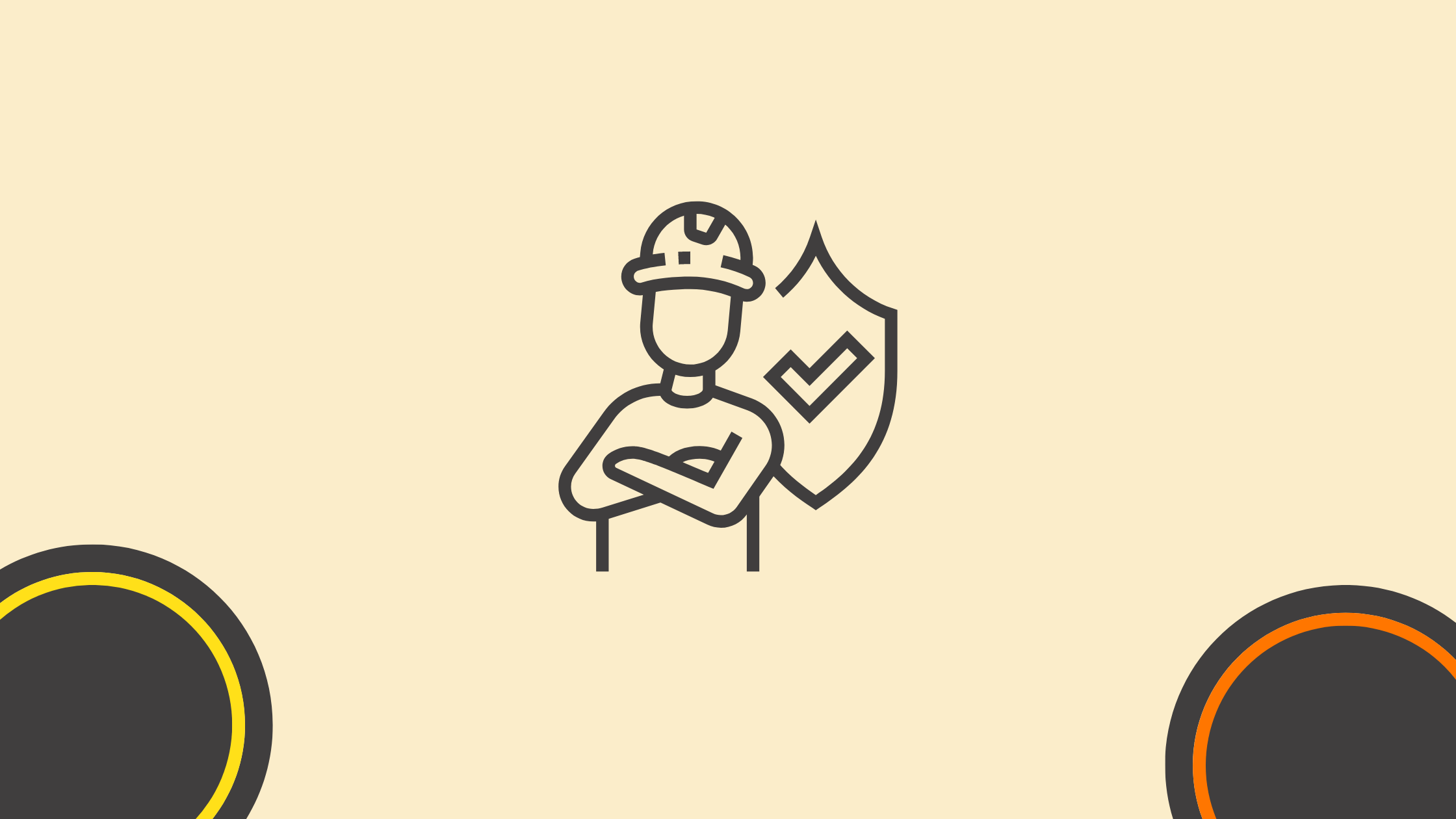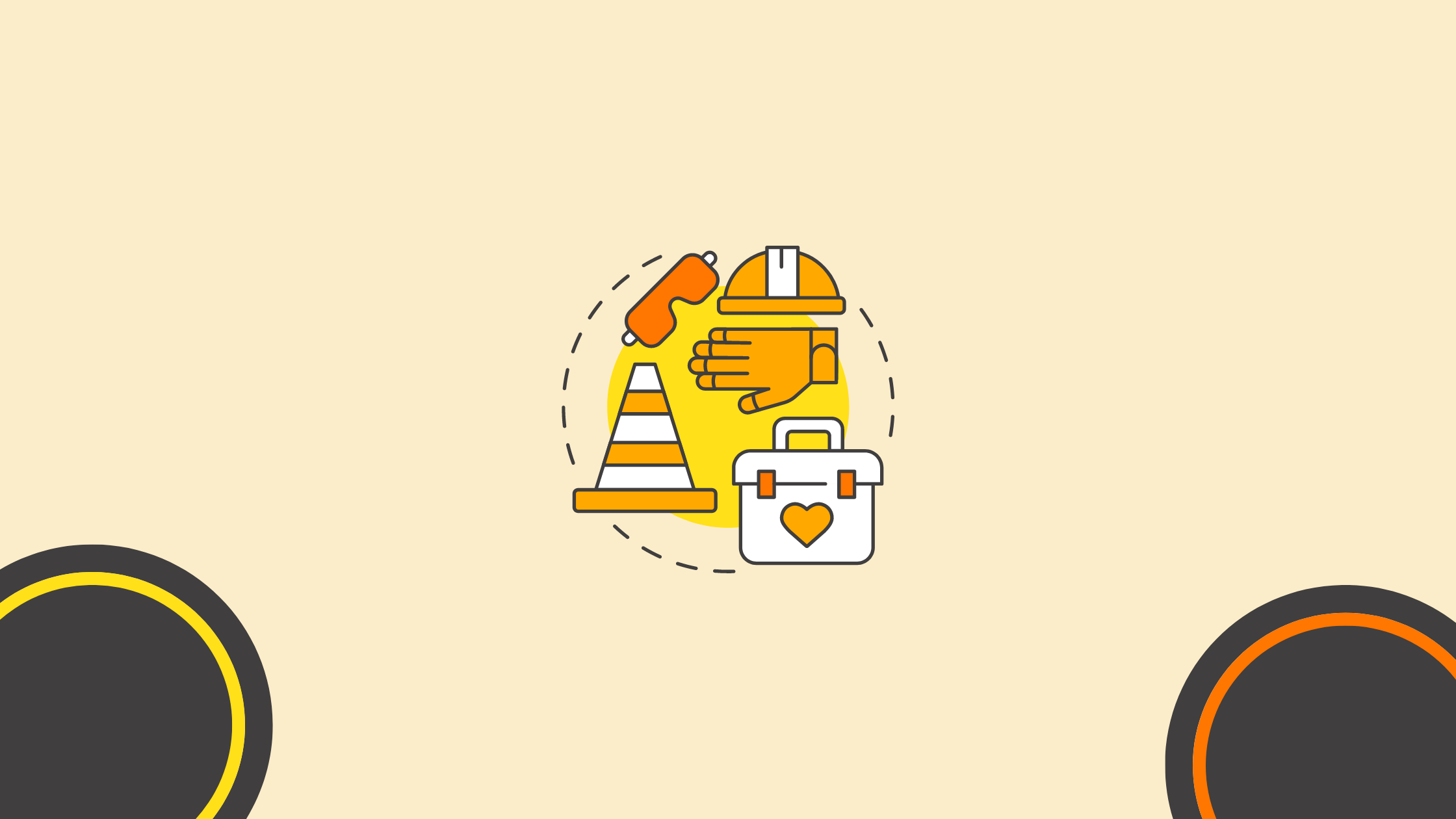The Future of Proactive Workplace Safety with AI and Automation
Imagine a world where accidents are prevented before they happen. With AI and automation, this is no longer science fiction. AI can analyze vast amounts of data in real time and turn workplace safety from reactive to proactive so everyone is safer.
Automation takes on the repetitive and hazardous tasks, so the risks your workers face every day disappear. Your workplace is not only safer but more efficient. These technologies mean fewer injuries and a more productive workforce.
You’re on the cusp of a safety revolution. By embracing AI and automation you’re investing in a future where safety isn’t an afterthought; it’s a given. This move doesn’t just protect your people; it propels your business forward with confidence and certainty.
Chapters
Proactive Safety

Moving from reactive to proactive safety in the workplace means anticipating risks before they become emergencies. By using AI and automation you can predict and prevent hazards and get a safer and more efficient work environment.
What is Proactive Safety
Proactive safety is about identifying and mitigating risks before they become incidents. Instead of waiting for accidents to happen you use data and predictive analytics to see the potential dangers.
Using AI, sensors can monitor equipment for early signs of wear and tear. Automation can take on the repetitive tasks, reducing human error. This approach not only makes you safer but more productive by minimizing downtime.
Historical Context and Milestones
Statistics on workplace health and safety show that nonfatal workplace injuries have risen over the last few years. In the past workplace safety was all about reacting to incidents. Early safety protocols emerged after industrial accidents highlighted the need for regulations. Over time safety standards evolved as technology advanced and regulations got stricter.
The introduction of AI and automation is a big step. Machines that learn and get better over time can now predict unsafe conditions. This is part of a broader trend of technology being integrated into safety practices, moving from reactive to anticipatory.
Reactive vs Proactive
Reactive safety is about responding to accidents after they happen. This traditional approach means costly downtime, injuries and regulatory fines. Proactive safety uses AI to see and mitigate risks.
For example AI driven systems can predict equipment failure before it happens. By acting on those predictions you can do maintenance and avoid accidents. Proactive safety also means continuous monitoring and real time data analysis, a safety net that far surpasses reactive measures.
These proactive measures not only protect your people but also improve operational efficiency and compliance, a healthier and more productive workplace.
AI in Workplace Safety

AI is changing workplace safety by managing risk and compliance through automation. These are the building blocks of a safer work environment.
Predictive Analytics and Risk
AI uses predictive analytics to see potential hazards before they cause harm. By analyzing historical data AI can predict when and where accidents will happen. For example algorithms can look at patterns in workplace incidents to identify risk hotspots.
Real time monitoring is another key feature, AI can collect and analyze data in real time. Wearable devices and IoT sensors gather data on workers physical condition and environmental factors and send alerts for hazardous situations.
This proactive approach reduces workplace accidents by informing and training employees on potential risks. Detailed findings can inform response plans and training programs. See this report for Health & Safety Stats to understand the trends in workplace safety.
Automated Compliance
Automating compliance makes it easier to comply with regulations and standards. AI can track compliance metrics so all safety protocols are followed. Automated auditing reduces human error and gives more consistent and accurate results.
AI can also automate documentation by generating reports required for compliance. This saves time and reduces the workload for safety officers.
With AI you can ensure safety checks are done regularly and effectively. Automated systems can schedule inspections and maintenance and reduce the risks associated with equipment failure. This proactive maintenance is a big contributor to workplace safety, a safer environment for everyone.
Building a Safety Culture Through Automation
Automation is part of a safety first workplace. By integrating automated systems you can reduce human error which is often the cause of many workplace accidents. When machines do the repetitive or dangerous tasks the risk to employees decreases.
Safety Monitoring Systems
Automated safety monitoring systems can check for hazards continuously. These systems use sensors and AI to detect unsafe conditions in real time. You can address potential issues before they become major problems.
Training and Education
Introduce your team to these automated systems. Training programs can show how automation improves safety and everyone will be more open to change. Employees will feel valued knowing their safety is a priority.
Real Time Alerts
Automated alerts can notify you and your team of imminent danger. For example wearable devices can alert workers of potential exposure to hazardous substances. Instant notifications so you can take action to prevent harm.
Data Driven
With automation you can collect and analyze safety data faster. Use this data to identify trends, predict potential hazards and implement targeted safety measures. This will improve safety and overall productivity.
Examples of Automation in Safety
- Robotic Process Automation (RPA): Does repetitive inspection tasks.
- Drones: Monitor hard to reach areas for safety checks.
- Wearable Tech: Tracks vital signs and environmental conditions.
By using these automated solutions you create a proactive safety culture where employees feel safe and valued. This will improve not just safety but also employee morale and productivity.
Summary
The combination of AI and automation in the workplace is the new era of safety management, from reactive to proactive. By using these technologies you can predict and prevent accidents before they happen and create safer and more efficient work environments.
AI’s real time data analysis transforms workplace safety by identifying hazards and reducing risks. Automation does the repetitive and hazardous tasks and reduces human error and increases overall productivity. This technology protects employees and improves operational efficiency and compliance and a healthier and more productive workplace.
Using AI and automation in safety is an investment in the future. It’s a commitment to putting employee safety first and a culture of proactive risk management. As we are at the beginning of this journey it’s clear the future of workplace safety is not about reacting to incidents but preventing them and moving business forward with certainty and security.
Author Bio
 I’m Erika Balla, a Hungarian from Romania with a passion for both graphic design and content writing. Following the completion of my studies in graphic design, I discovered a second passion in content writing, particularly in crafting well-researched, technical articles. I derive joy from dedicating hours to reading magazines and collecting materials that inspire the creation of my articles. What sets me apart is my love for precision and aesthetics. I am committed to delivering high-quality content that not only educates but also engages readers with its visual appeal. I bring a unique perspective to my writing, actively immersing myself in this field to produce articles that illuminate complex concepts and present them in a clear and accessible manner.
I’m Erika Balla, a Hungarian from Romania with a passion for both graphic design and content writing. Following the completion of my studies in graphic design, I discovered a second passion in content writing, particularly in crafting well-researched, technical articles. I derive joy from dedicating hours to reading magazines and collecting materials that inspire the creation of my articles. What sets me apart is my love for precision and aesthetics. I am committed to delivering high-quality content that not only educates but also engages readers with its visual appeal. I bring a unique perspective to my writing, actively immersing myself in this field to produce articles that illuminate complex concepts and present them in a clear and accessible manner.
Other Interesting Articles
- AI LinkedIn Post Generator
- Gardening YouTube Video Idea Examples
- AI Agents for Gardening Companies
- Top AI Art Styles
- Pest Control YouTube Video Idea Examples
- Automotive Social Media Content Ideas
- AI Agent for Plumbing Business
- Plumber YouTube Video Idea Examples
- AI Agents for Pest Control Companies
- Electrician YouTube Video Idea Examples
- AI Agent for Electricians
- How Pest Control Companies Can Get More Leads
- AI Google Ads for Home Services
Master the Art of Video Marketing
AI-Powered Tools to Ideate, Optimize, and Amplify!
- Spark Creativity: Unleash the most effective video ideas, scripts, and engaging hooks with our AI Generators.
- Optimize Instantly: Elevate your YouTube presence by optimizing video Titles, Descriptions, and Tags in seconds.
- Amplify Your Reach: Effortlessly craft social media, email, and ad copy to maximize your video’s impact.